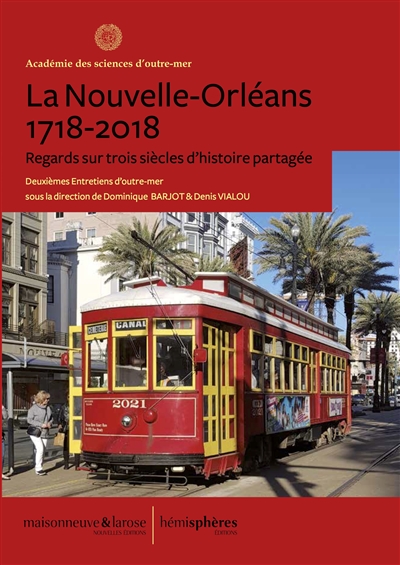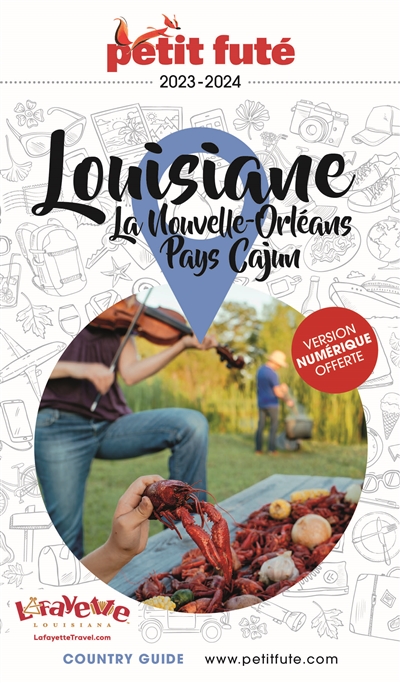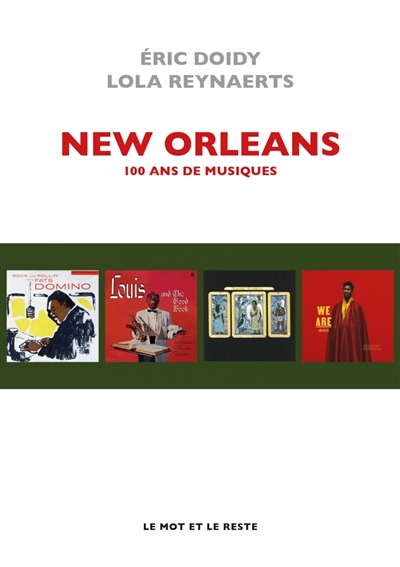par Entretiens d'outre-mer
Hémisphères éditions ; Maisonneuve et Larose
2019 -
-
Disponible - 973.3 NOU
Niveau 2 - Histoire
Résumé : A l'occasion du tricentenaire de la fondation de La Nouvelle-Orléans par l'explorateur français J.-B. Lemoyne, ce recueil d'études présente un panorama de l'histoire de la ville au travers de quatre thèmes : l'approche historique et l'exploitation des archives, les échanges culturels, l'approche économique, et enfin, son avenir politique incluant les questions de gouvernance et de résilience. ©Electre 2019. 973.2

 Les bibliothèques de la ville de Paris
Les bibliothèques de la ville de Paris
 Les bibliothèques universitaires
Les bibliothèques universitaires
 La BnF
La BnF
 L'encyclopédie Wikipédia
L'encyclopédie Wikipédia
 L'Encyclopædia Universalis
L'Encyclopædia Universalis
 La bibliothèque du film
La bibliothèque du film
 La médiathèque de la Philharmonie de Paris
La médiathèque de la Philharmonie de Paris














